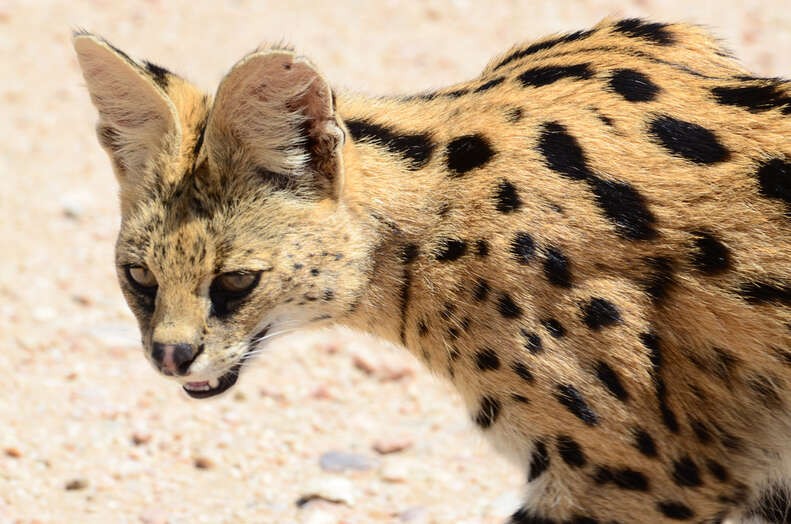The idea of owning an exotic pet can be alluring for some, sparking visions of unique companionship. Among these captivating creatures, the lynx, with its striking appearance and elusive nature, might capture the imagination. But can a lynx truly be a house pet? The answer, grounded in both ethical and practical considerations, is a resounding no.
Cleo, a Canada lynx, serves as a poignant example. Before finding refuge at Minnesota’s Wildcat Sanctuary, Cleo spent 13 years confined indoors as a pet. This existence starkly contrasted with her natural needs. As Tammy Thies, executive director of the sanctuary, explained, Cleo had been purchased from a game farm as a pet and kept in a home, hidden from authorities despite laws against exotic cats as pets in Minnesota. Her owner’s changing circumstances led to Cleo being surrendered to the sanctuary, marking the beginning of her journey to a life she was never meant to leave behind.
The transition for Cleo was far from easy. Having been declawed and confined to a house for over a decade, the outdoors was a frightening unknown. “Wild animals should never be pets,” Thies emphasized, highlighting the deep imprinting that can occur when wild animals are raised by humans. While not a bond in the human sense, these animals become comfortable with the familiar, making transitions to appropriate environments incredibly stressful when removed from their accustomed, albeit unnatural, homes.
Cleo’s story underscores several critical points against keeping lynxes, or any wild animal, as pets. Firstly, their wild instincts and needs cannot be met in a domestic setting. Lynxes are built for vast territories, hunting, and enduring harsh climates. A house, no matter how spacious, is a restrictive environment that deprives them of essential natural behaviors. Secondly, declawing, as in Cleo’s case, is a cruel practice done to make wild cats more manageable as pets. It robs them of a fundamental aspect of their natural defense and movement.
Furthermore, their dietary requirements are specialized. Cleo, for instance, had to be introduced to cooked meat gradually because her digestive system wasn’t accustomed to raw food, a staple for wild lynxes. This highlights the lack of understanding and preparedness many owners have when taking on exotic pets. Legally, many places have regulations against owning exotic cats like lynxes, recognizing the inherent dangers and ethical issues. Even where it might be legal, the ethical implications are significant. Wild animals belong in the wild, or in specialized sanctuaries equipped to provide for their complex needs.
Today, Cleo is thriving at the Wildcat Sanctuary, experiencing the outdoors for the first time and exhibiting natural behaviors. She enjoys grass, trees, and even hammocks, living a life closer to what nature intended. Her story is a powerful reminder: while the allure of owning a lynx might be strong, the reality is that these magnificent animals are not meant to be house pets. Their well-being and natural instincts are severely compromised in domestic environments.
Choosing a pet is a significant decision, and it’s crucial to consider the animal’s needs above personal desires. For wild animals like lynxes, those needs are intrinsically linked to their natural habitat. Supporting sanctuaries like the Wildcat Sanctuary is a far more ethical and beneficial way to engage with and appreciate these incredible creatures, ensuring they live with dignity and respect in environments that truly cater to their wild nature.
[

